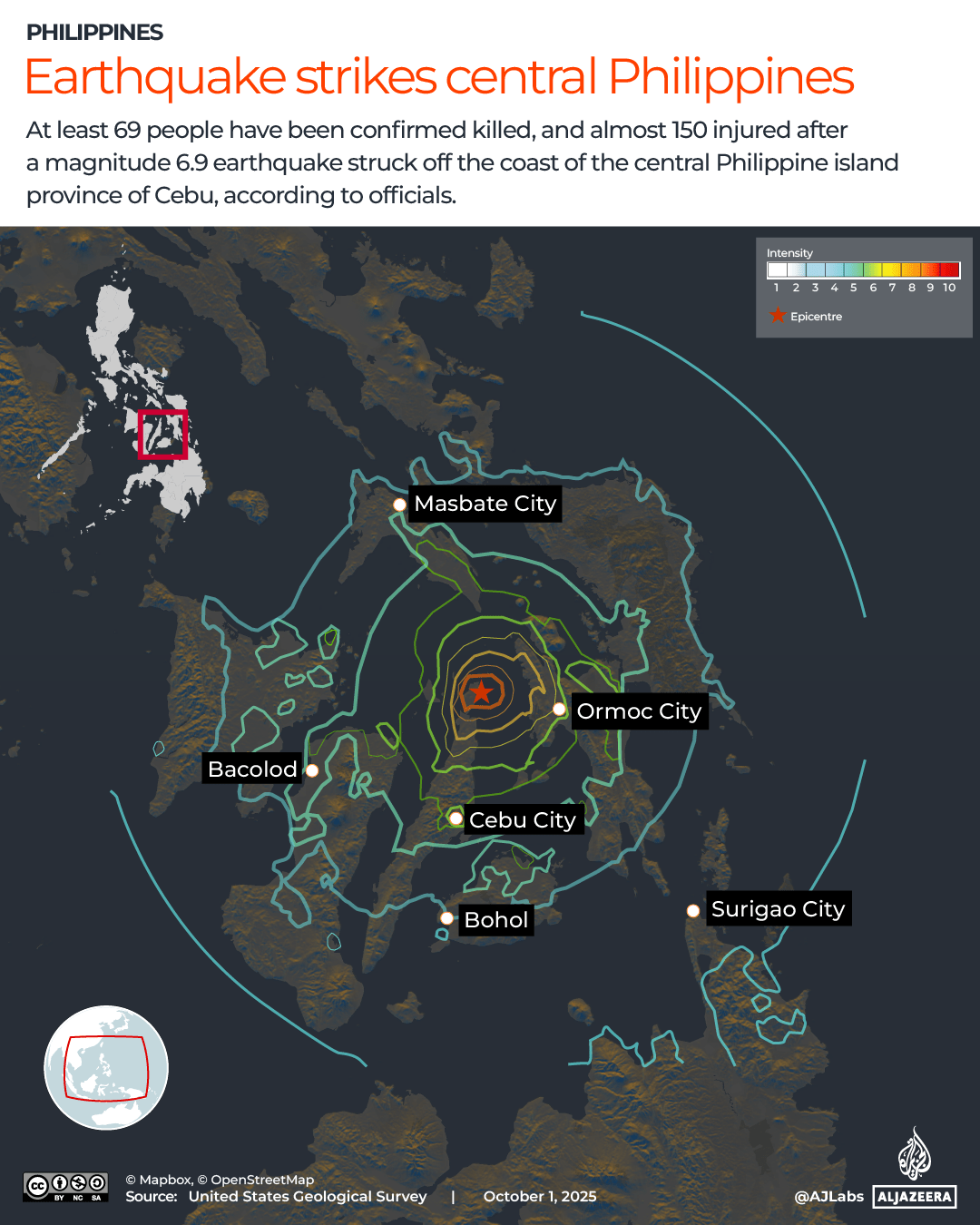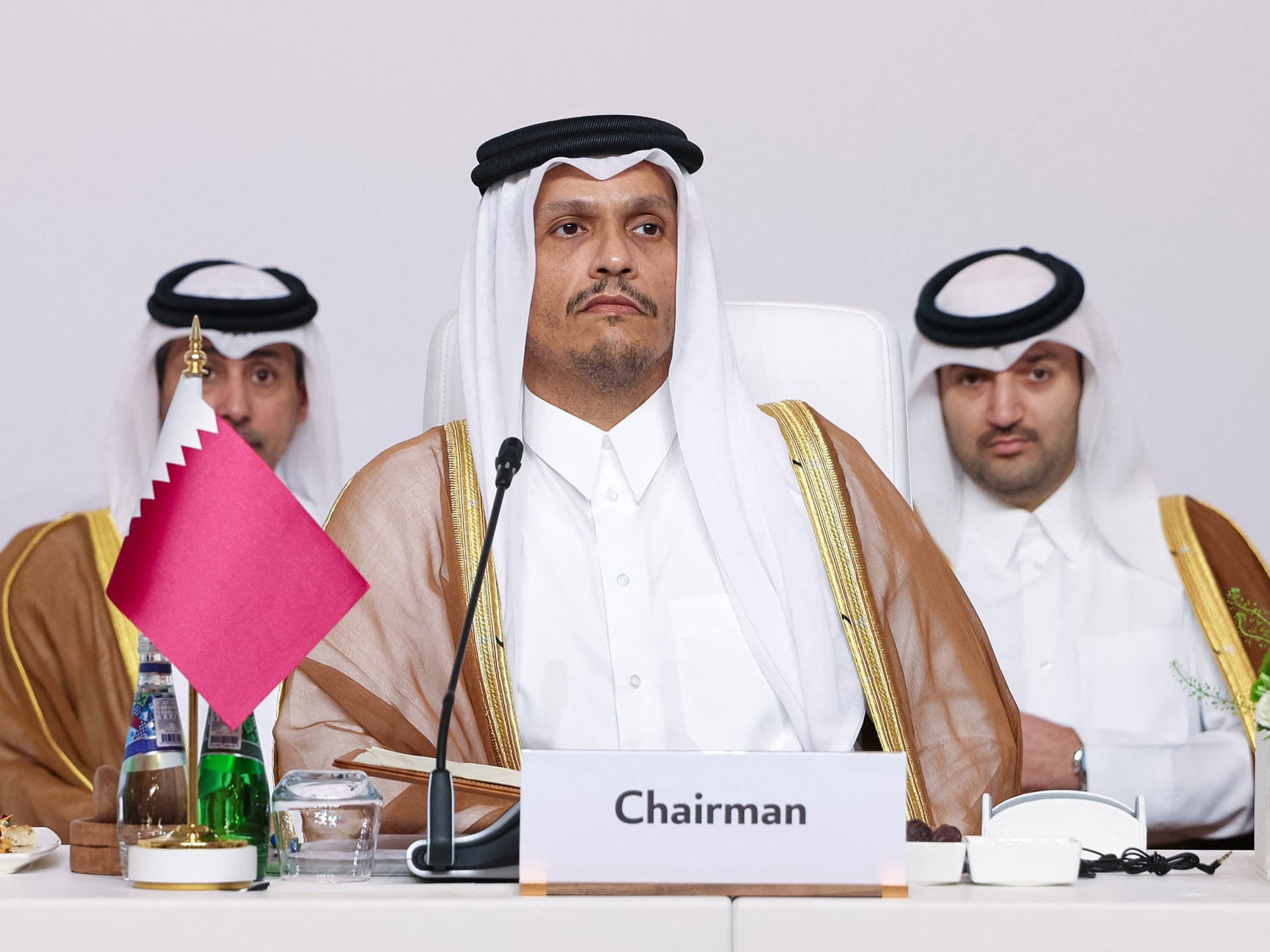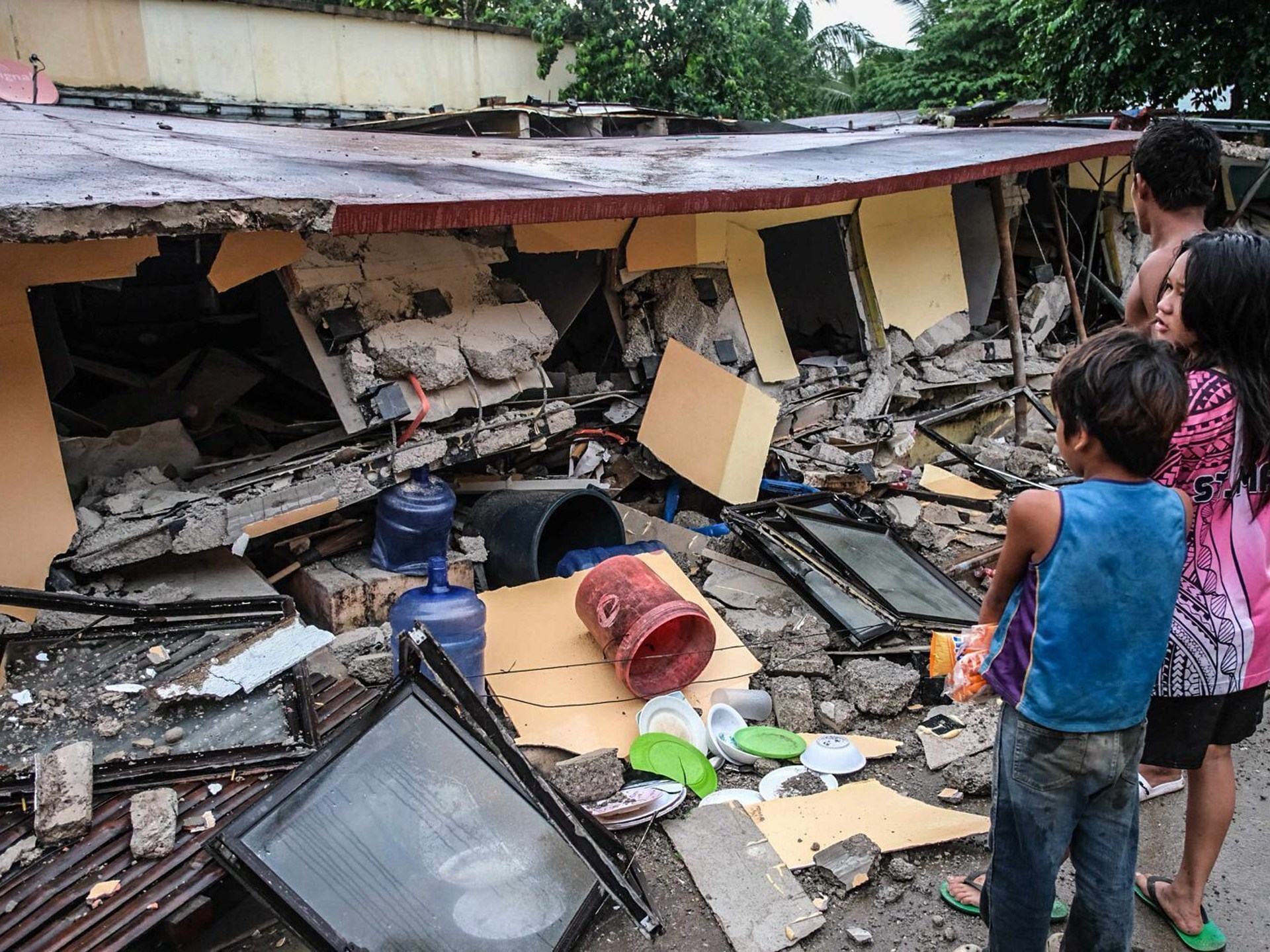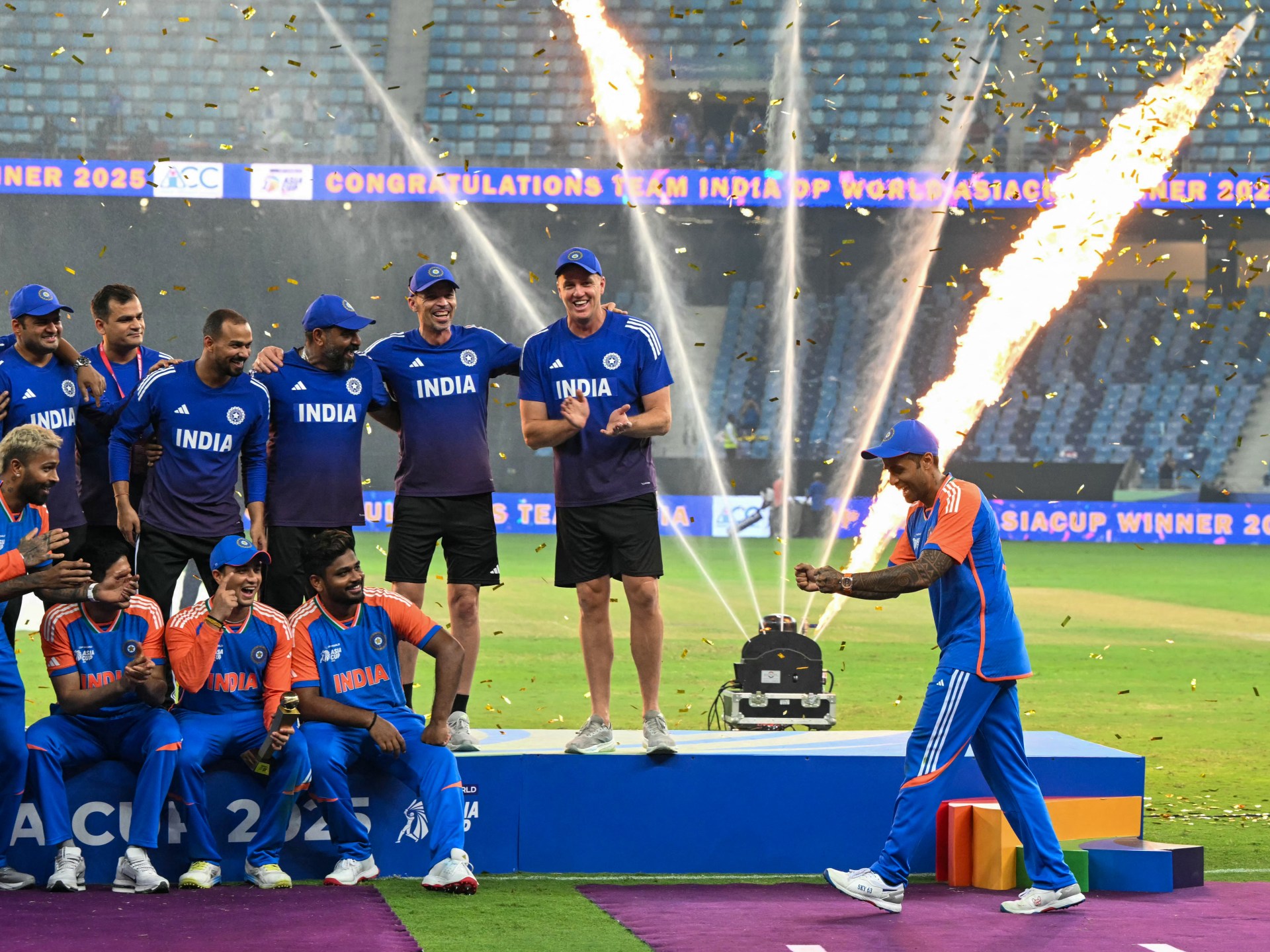A magnitude 6.9 earthquake hit the central Philippines late on Tuesday night, killing at least 69 people and injuring more than 140, according to local authorities.
Here is more about what happened and why the country is vulnerable to earthquakes.
Recommended Stories
list of 3 itemsend of list
Where did the earthquake hit and how bad is it?
At 9:59pm local time on Tuesday (13:59 GMT) a magnitude 6.9 earthquake struck 12 miles northeast of Bogo City in Cebu province in the country’s central Visayas region.
Earthquake monitoring agencies say the depth of the earthquake was about 10km (6.2 miles), making it a shallow quake.
Earthquakes that are considered “shallow” usually cause more damage because the epicentre is close to the Earth’s surface – at a depth of between 0 and 70 km, according to the United States Geological Survey (USGS).
The USGS said it has recorded four aftershocks of magnitude 5 or higher since the first quake in the Philippines on Tuesday. People in the Visayan Islands, which include Cebu, Biliran and Leyte, felt the impact.
The Philippine Institute of Volcanology and Seismology (Phivolcs) issued a tsunami alert for the regions of Leyte, Biliran and Cebu province, but said on Wednesday morning that it has now lifted the alert, citing no unusual wave activity.
How bad is the damage?
Local authorities placed parts of Cebu province in a “state of calamity” after the powerful earthquake brought down buildings and also cut power across Cebu and nearby islands, according to the country’s national grid.
Bogo city in Cebu, which has about 90,000 residents, was the worst hit with more than 20 confirmed deaths including four children. Several residential properties and commercial buildings were badly damaged.
Casualties have also been reported in the nearby towns of Medellin and Tabuelan and in the municipality of San Remigio, a 16-minute drive from Bogo City.
According to local media outlet SunStar Cebu, seven people including personnel from the Bureau of Fire Protection and three from the coastguard were killed at the San Remigio Sports Complex and evacuation centre, when parts of the roof collapsed during a basketball game.
The earthquake has also brought down historical churches and buildings in the Cebu province.
Local media videos circulating on social media showed how the ancient Saints Peter and Paul Parish on Bantayan Island in Cebu trembled and then collapsed when the earthquake struck.
WATCH: Saints Peter and Paul Parish in Bantayan Island in Cebu also collapsed following the earthquake late Tuesday, September 30, 2025. (📹: Bonal Robel) | via @feanneperez pic.twitter.com/Big1MMmm17
Radyo Pilipinas, a radio station owned by the Presidential Broadcast Service, also showed images of how the earthquake had reduced a 139-year old church in Daanbantayan, north of Bogo, to debris.
“The current situation in Daanbantayan highlights the severe impact of the earthquake on heritage structures, which form part of Cebu’s rich cultural and spiritual identity,” Cebu Governor Pam Baricuatro said in a post on Facebook.
UPDATE | Ito ang kalagayan ng 139-taong gulang na Daanbantayan Church o ang Archdiocesan Shrine of Sta. Rosa de Lima kasunod ng 6.9-magnitude na lindol na tumama sa Bogo City, Cebu noong Martes ng gabi (Setyembre 30, 2025).
Itinayo ang simbahan noong 1886 at idineklara itong… pic.twitter.com/k1Q6VqMMbK
What rescue efforts are under way?
According to local media reports, Philippines President Ferdinand “Bongbong” Marcos Jr has offered his condolences to the families of the earthquake victims and said the Bureau of Fire Protection and the Philippine National Police are assisting in rescue and recovery efforts, while the Department of Energy is working to restore power to affected regions.
Hospitals have been overwhelmed in Bogo City and some patients have also been evacuated as a result of the aftershocks which have shaken hospitals.
“Bogo City has already reached its maximum capacity but patients are still pouring in,” a representative of Senator Risa Hontiveros, chairperson of the Philippines’ Senate committee on health, which is overseeing relief operations, told Al Jazeera.
The senator’s staff said they visited the provincial hospital in Bogo City where local medic Dr Yurangco said the hospital had not incurred any major damage, but hospital staff had been overwhelmed by an influx of patients.
The senator’s staff also told Al Jazeera that they are currently focusing on delivering two trucks of water to the hospital because of the need for drinking water in the vicinity.
The Philippine Red Cross told CNN that it has been helping with medical treatment and has treated at least 60 people for injuries in three provinces.
Hours after the earthquake, local authorities in Cebu province appealed to the wider country as well as national and international aid organisations for water and equipment to assist search and rescue efforts.
“It is raining heavily and there is no electricity, so we really need help, especially in the northern part, because there’s a scarcity of water after supply lines were damaged by the earthquake,” Alfie Reynes, the vice mayor of San Remigio town, told DZMM radio.
Meanwhile, in case of further aftershocks, Cebu governor Baricuatro who has been visiting areas hit by the earthquake, has urged residents to “stay calm and move to open areas”.
In a Facebook post, she told people to “keep away from walls or structures that may collapse and stay alert for aftershocks”. She added that the provincial government was assessing the situation and reaching out to municipal officials.

Why is the Philippines prone to earthquakes and is the country prepared?
The Philippines lies in the Pacific Ring of Fire, a tectonic belt of volcanic arcs and oceanic trenches in the Pacific Ocean.
The country experiences mild earthquakes and volcanic activity almost daily because the Ring of Fire is sensitive to the regular movement of the Earth’s tectonic plates colliding or sliding past each other.
Indonesia, New Zealand, Japan, the United States, Canada, Russia, Guatemala, Peru and Chile are also countries located within the Ring of Fire.
Phivolcs has been developing guides to alert residents about earthquakes and make them resilient to natural disasters. An alert about the latest earthquake was sent out on the country’s civil defence Facebook group as well as on other weather alert groups.
The United Nations, through its Anticipatory Action Pilot Programme, has also been working with the government to empower local communities to respond to earthquakes and other natural disasters.






